captainoftrasea
Member
- Joined
- Feb 12, 2014
- Messages
- 22
Has anyone got any design drawings or information on paravane rigs ? or experience and advice on using and when to deploy ??
Bebe's book, Voyaging Under Power talks about them. The struts need to be supported at or near a bulkhead at about midships. There is a supplier of the fish in the PNW somewhere who might be able to help with sizing. But you will need a naval architect to determine location and mounting strength for the struts. I understand that they are difficult to deploy. Just like hoisting a storm sail on a sailboat, by the time you realize that you need them, they are a bitch to rig in a seaway. Steadying sails can help, but it needs a decent sized mast with all of the support problems of the paravanes. A radar mast isn't going to cut it. And it only works on some points of sail. David


Huh! Don't think I have seen a tug-style with a paravane rig!This Nordic Tug is equipped for paravanes.
Vanes don't have to made out of heavy material to work well. When I was thinking about stabilizers I talked with a few west coast fishermen working out of the bay area. Most of them made their own from plywood or Starboard. Some were weighted with lead other had carefully designed in running angle. All of them had worked a little fin that kept them from hunting. I have a friend who had a guy failure and holed his boat. His were made from steel plate. He and his brother bailed with 5 gallon buckets for 24 hours before making Moss Landing.
I have Niad 6ft stabilizers on my boat. They have been absolutely trouble free. They do slow the boat about a 1/2 knot when compared to the same hull without stabilizers. A friend of mine with a Kady Krogen 39 has Niad Stabilizers. When he turns them off his wife comes up and slaps him. Another friend with a Nordhavn 40 has all three, stay sail, paravanes and Niads. Installed in that order.
Captainoftrasea have really hard chines and a fairly flat hull, I would guess that you are going to have a lot of primary stability and really only need stability in really large sea conditions. Low ballast may be more effective.
This is where a good navel architect comes into play.
...
I have Niad 6ft stabilizers on my boat. They have been absolutely trouble free. They do slow the boat about a 1/2 knot when compared to the same hull without stabilizers. ...

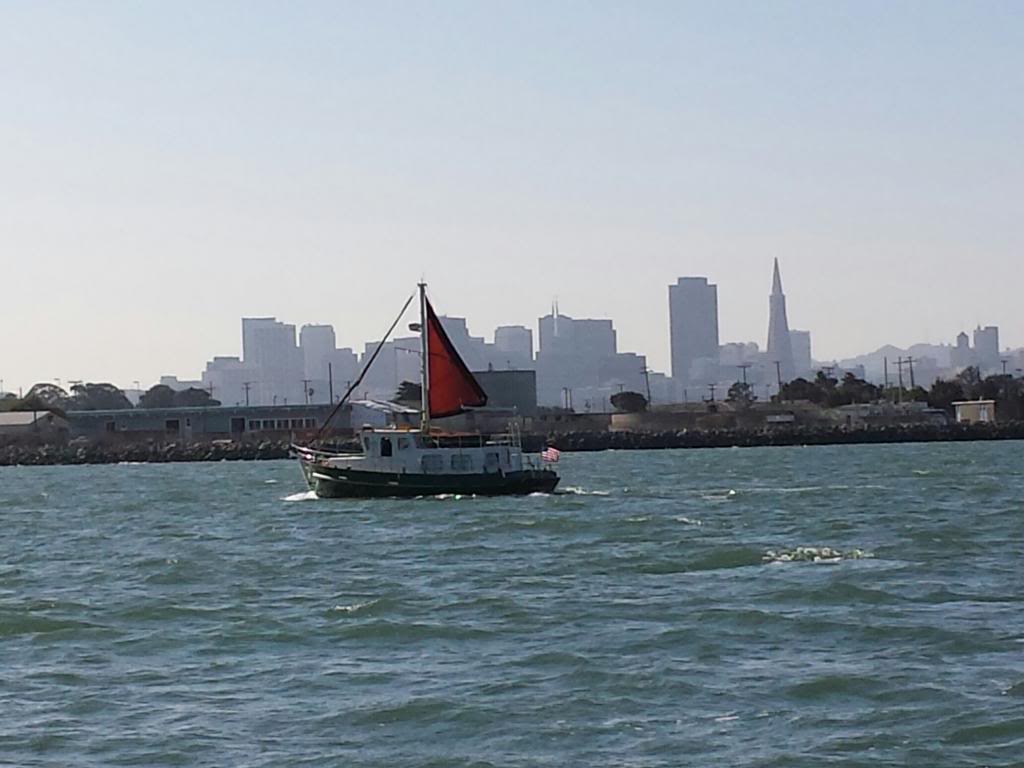
Thanks for the info, more homework
On the day this photo was taken, the Coot's main (smaller) sail added 0.2 knots with mild to moderate wind on the beam. If the larger jib was hoisted also, the sails would have added a half knot. The sails can reduce boat roll by a fraction.

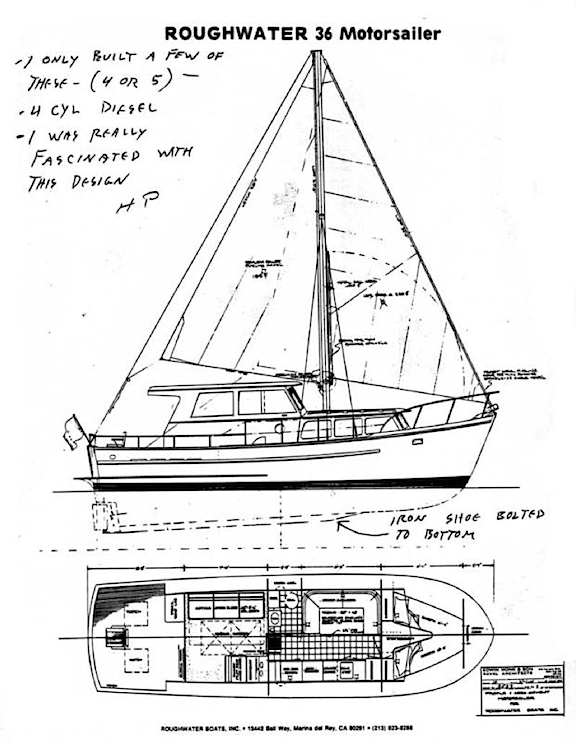
Mark, how long is the Coot and how tall is your mast? Is it a deck stepped mast? Is there a compression post to the keel? What type of ballast?






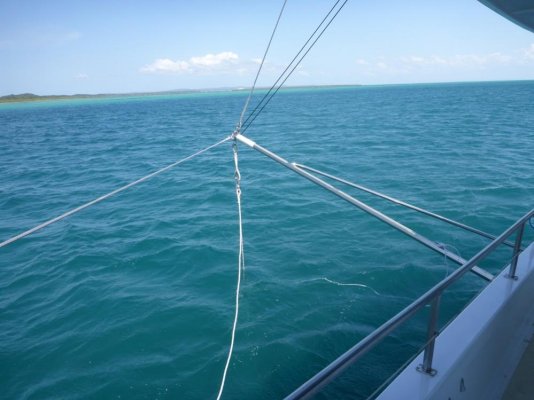
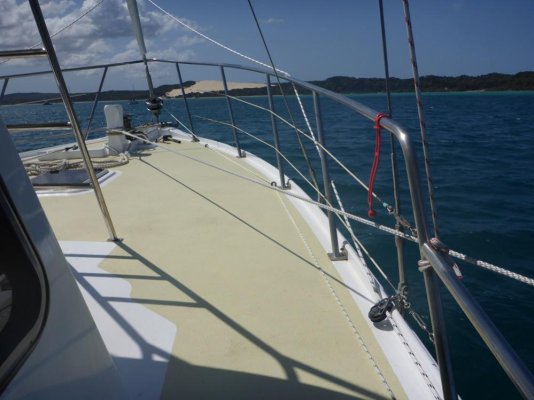

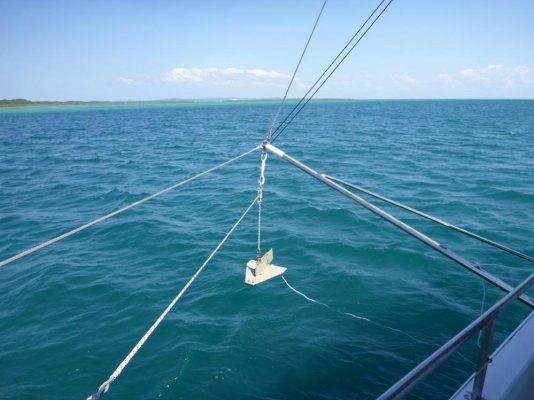
Mark, how long is the Coot and how tall is your mast? Is it a deck stepped mast? Is there a compression post to the keel? What type of ballast?
I'm thinking of adding a mast my boat:
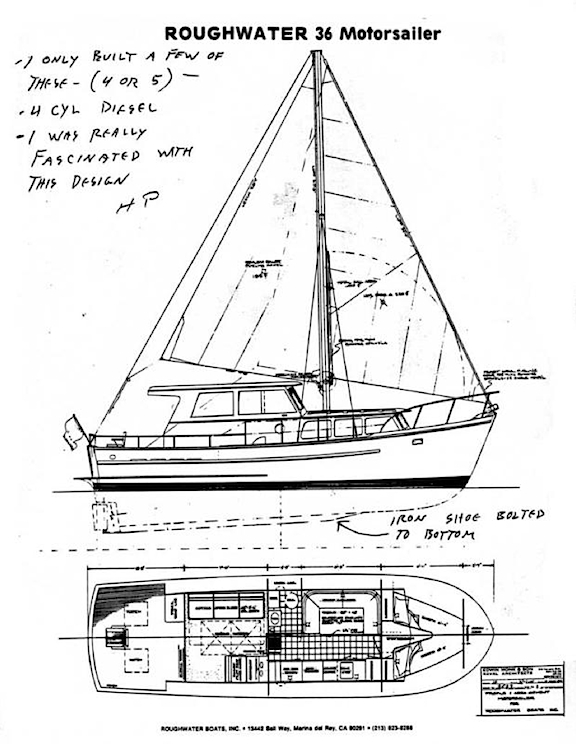
I just need to find some more detailed drawings. Apparently they made 4 or 5 of these.
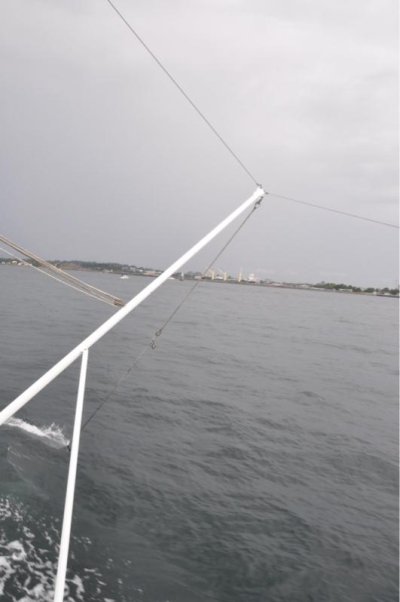 Jim, Sent from my iPad using Trawler
Jim, Sent from my iPad using Trawler

